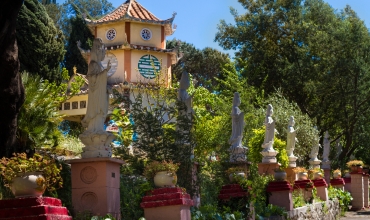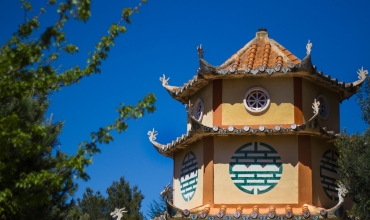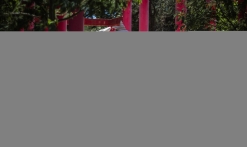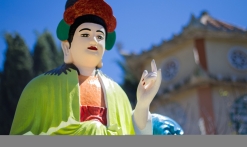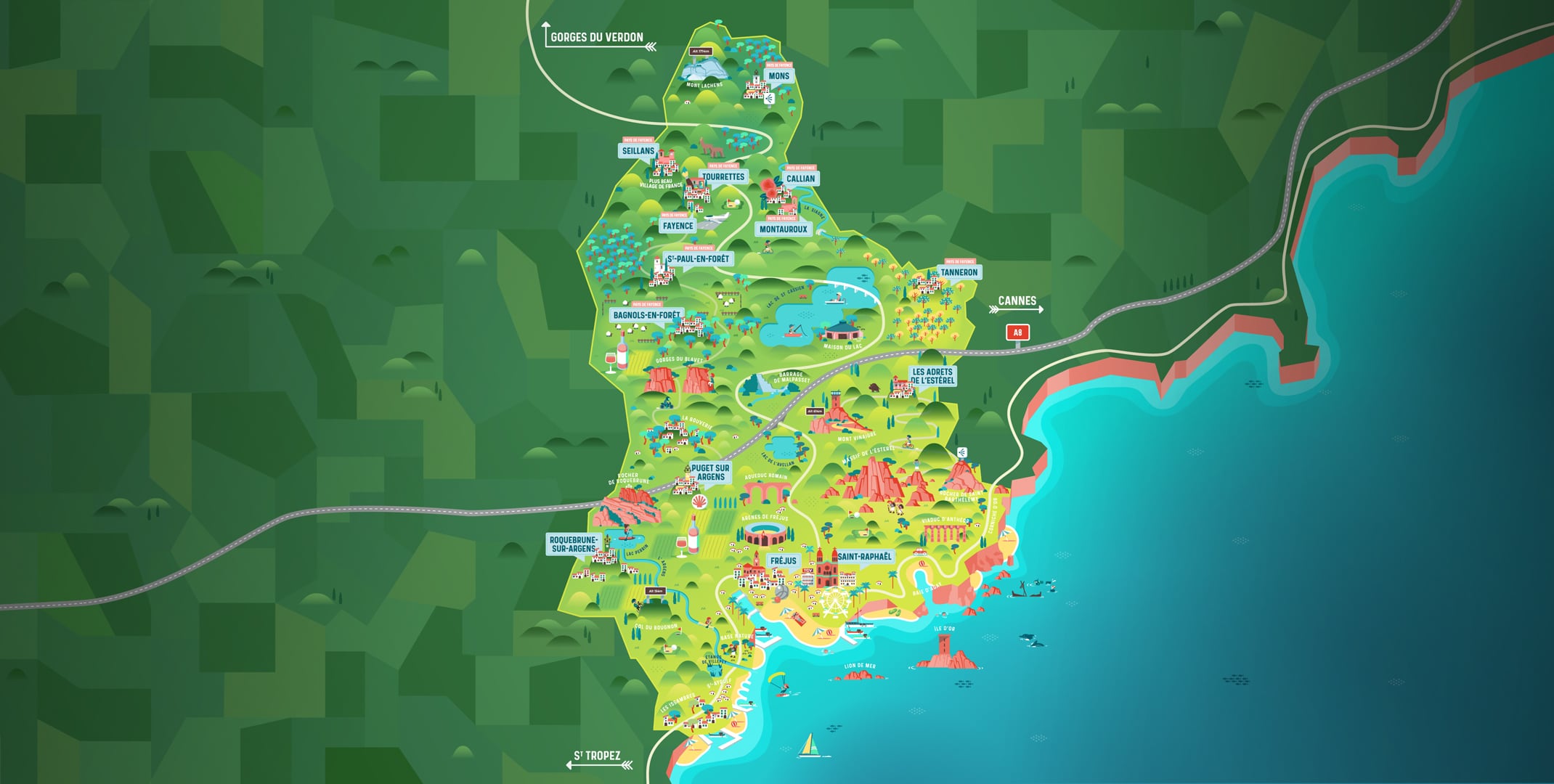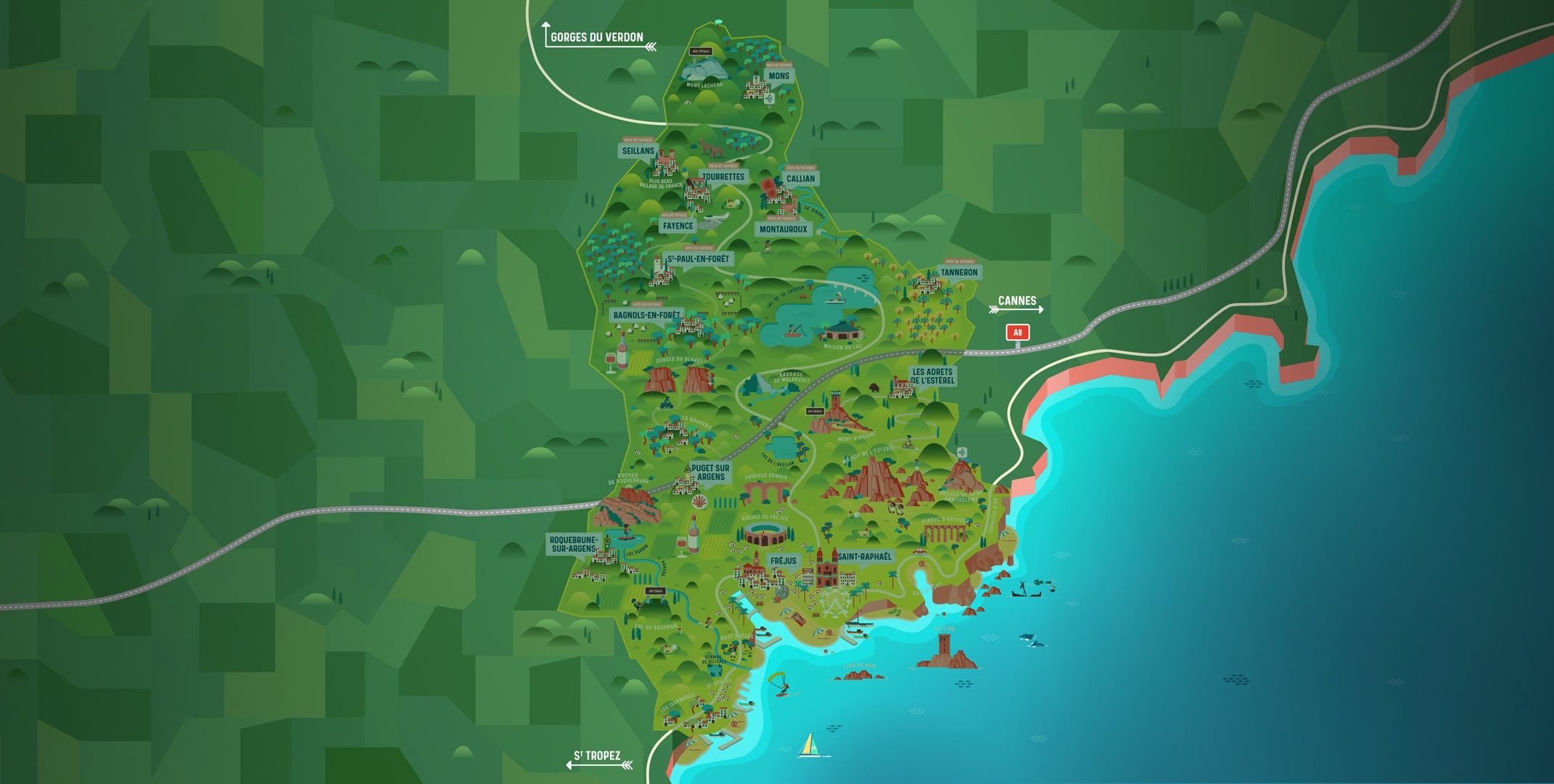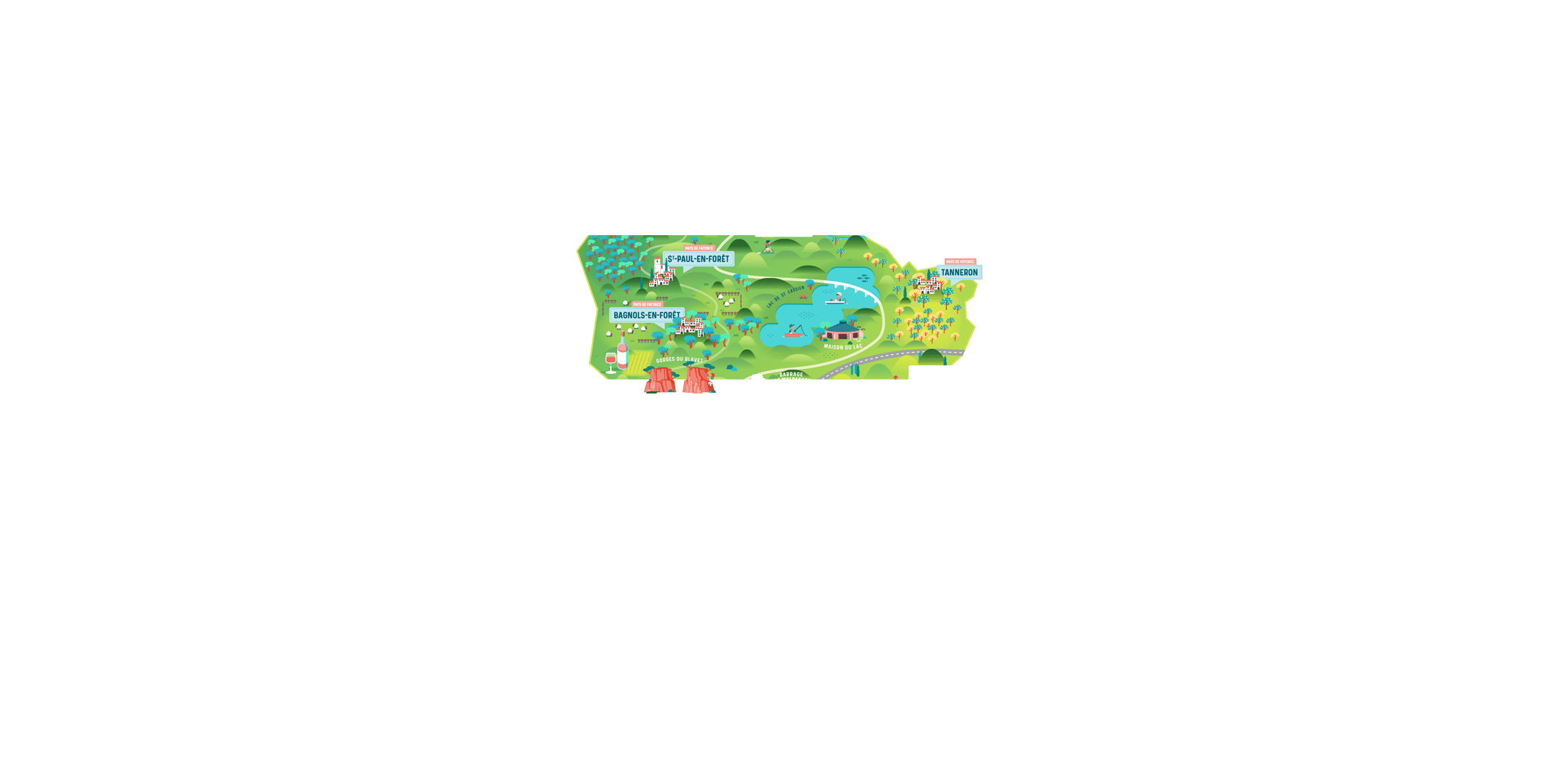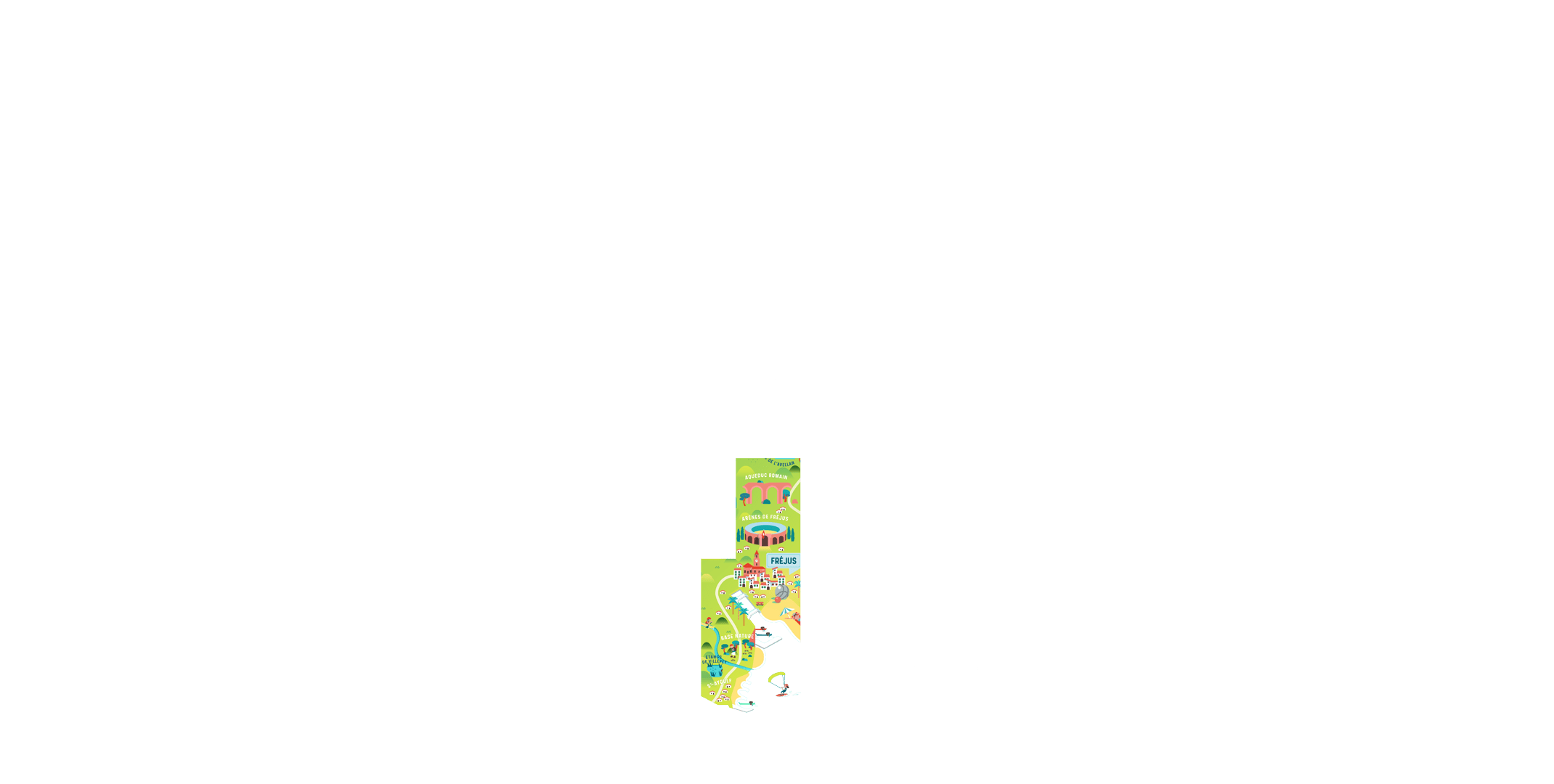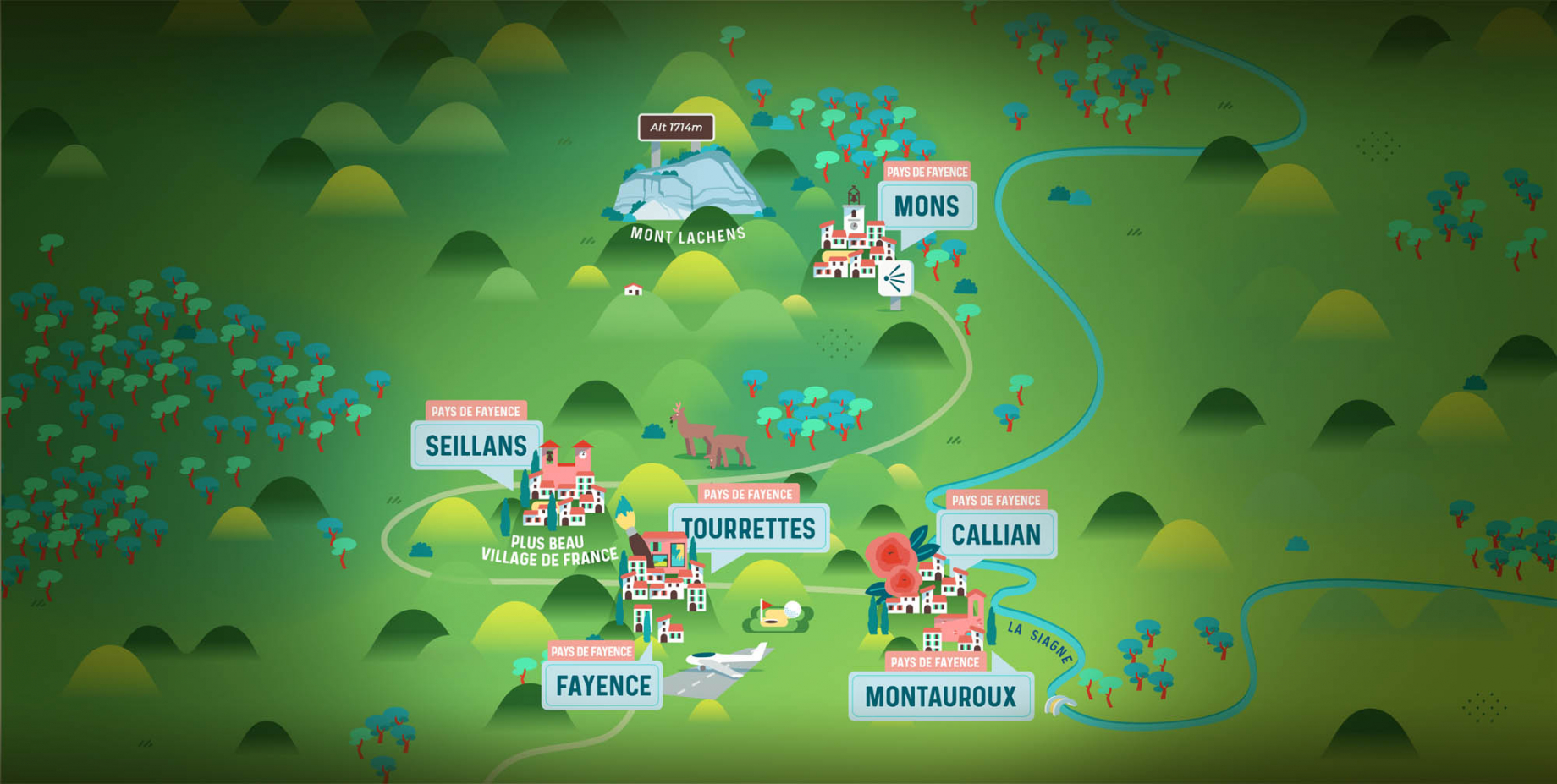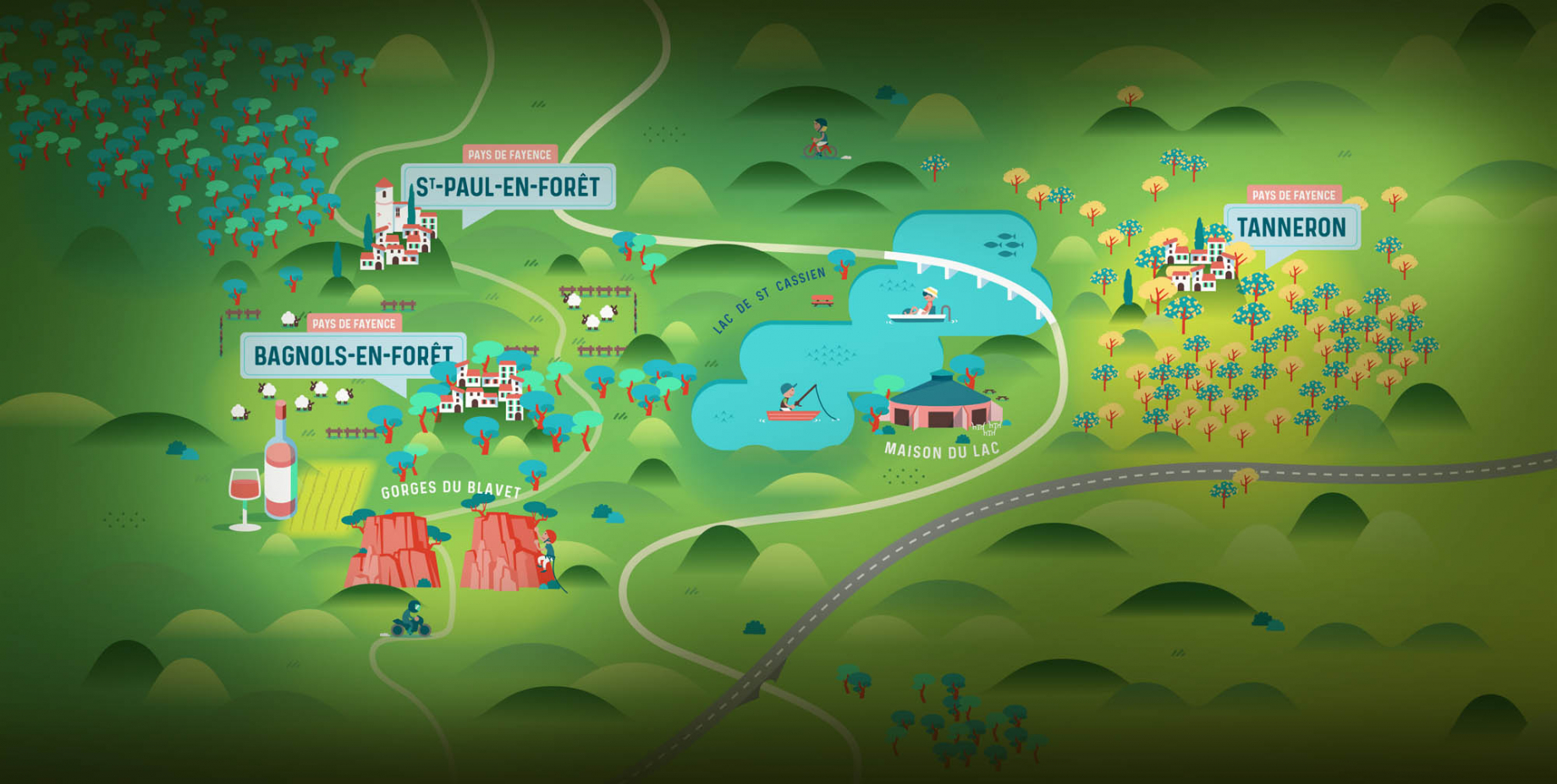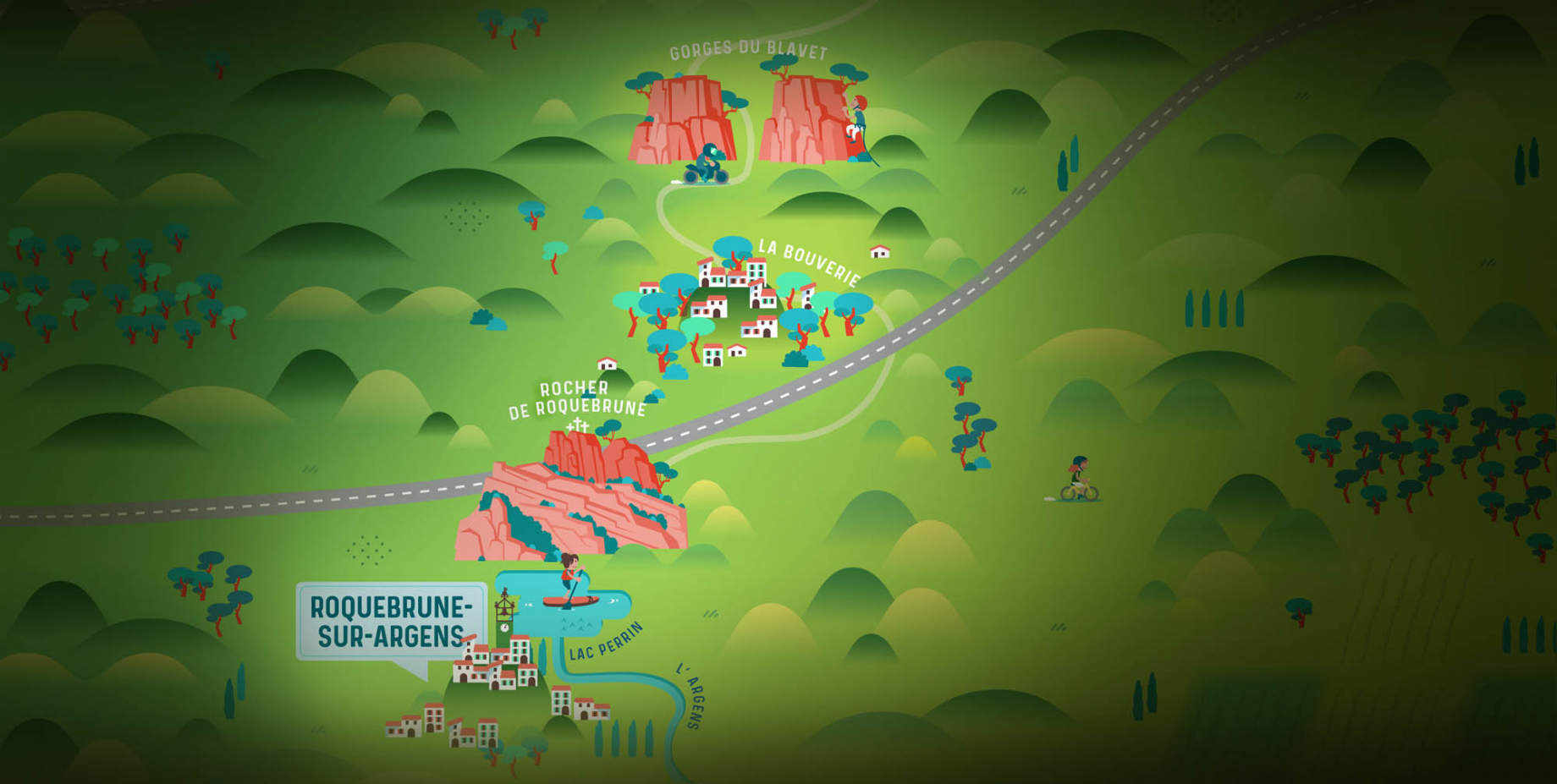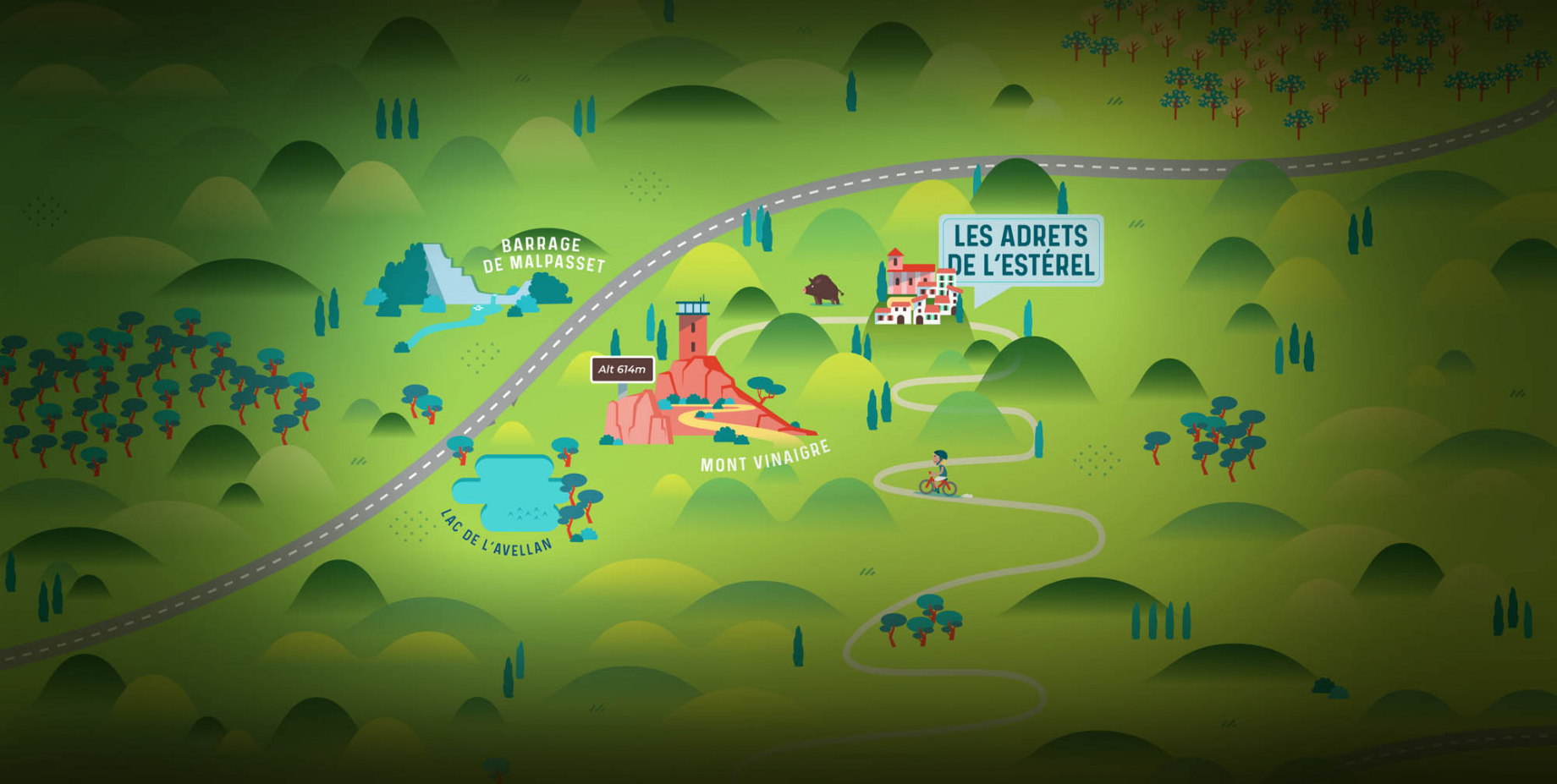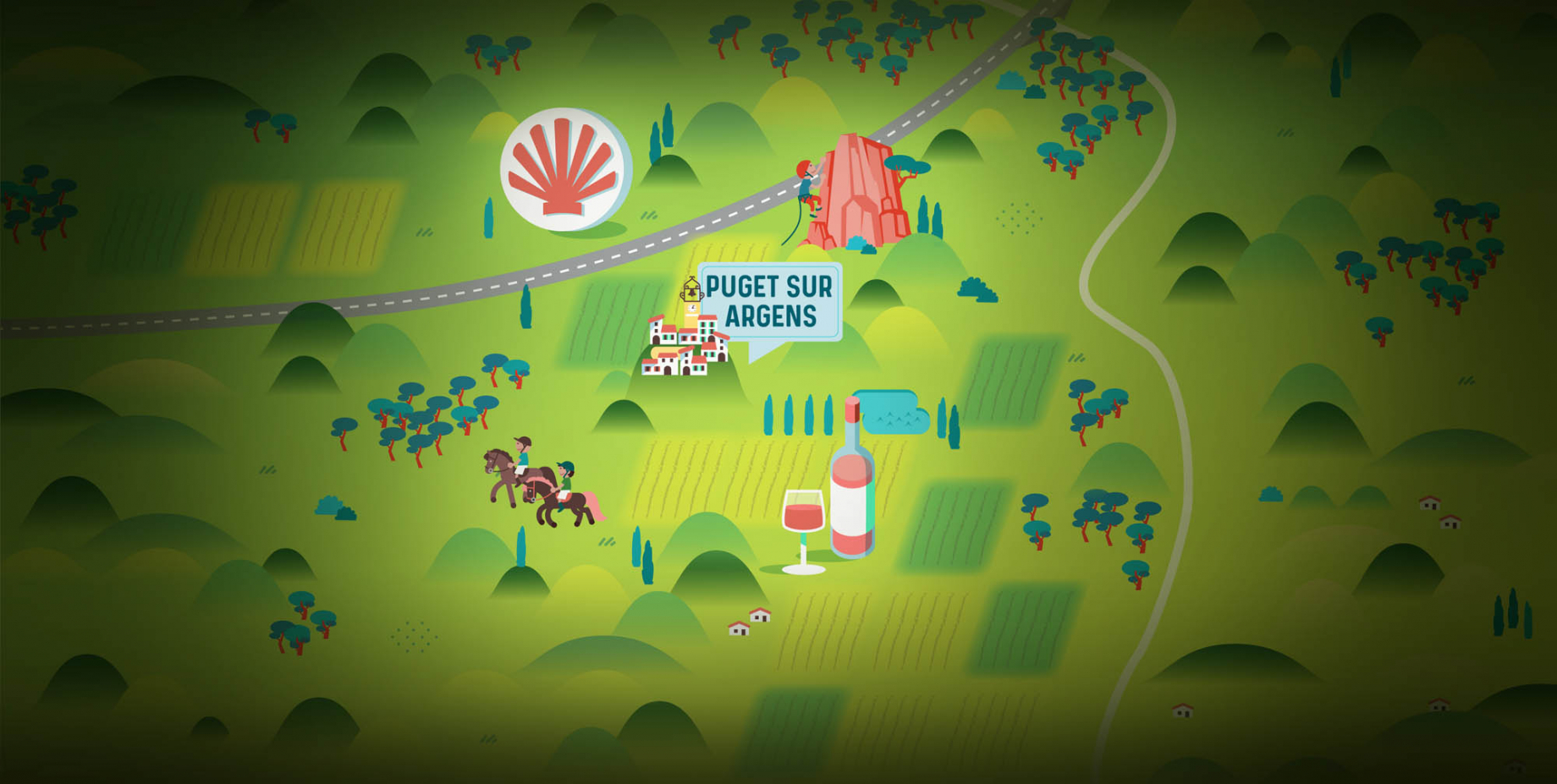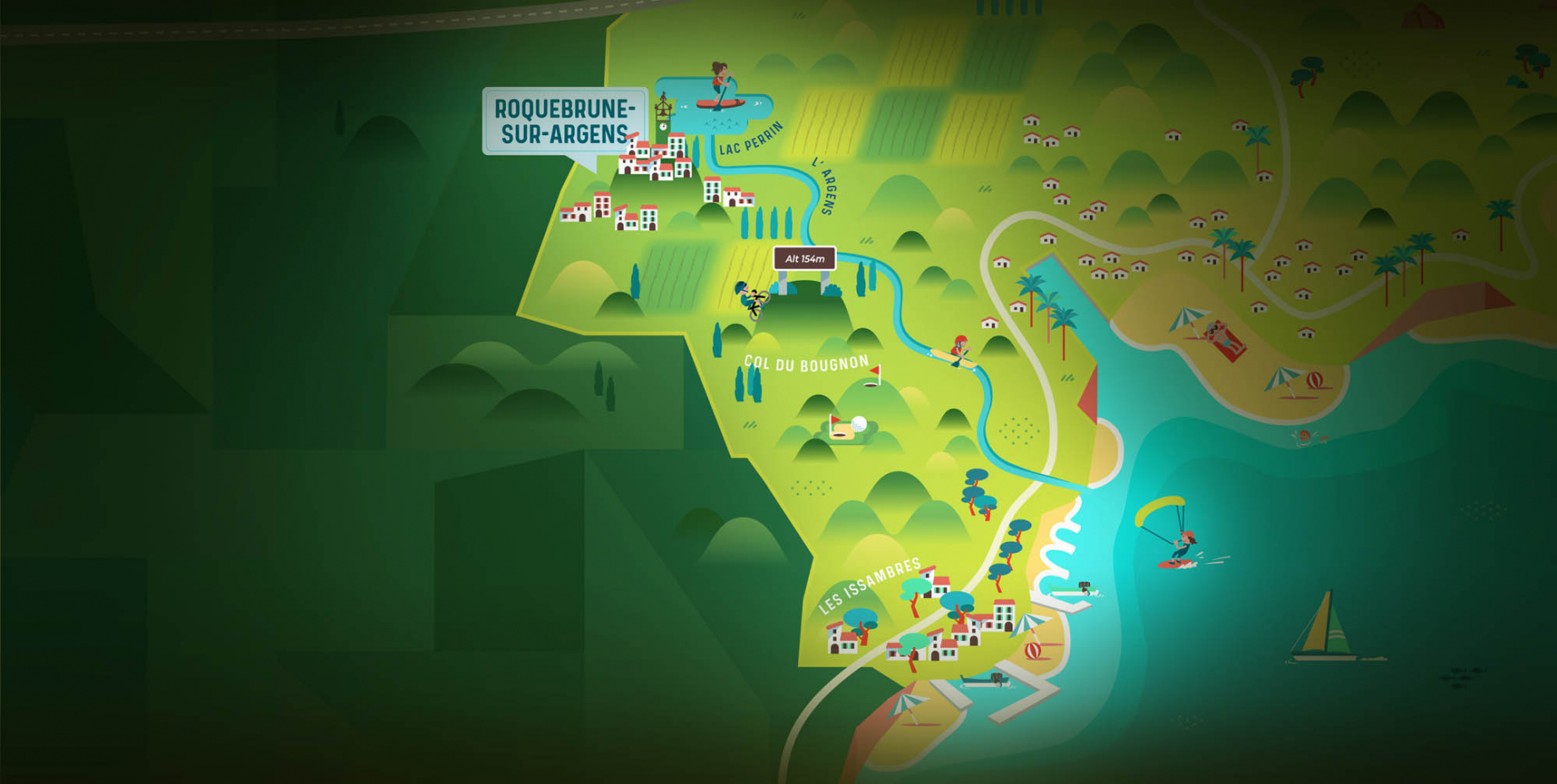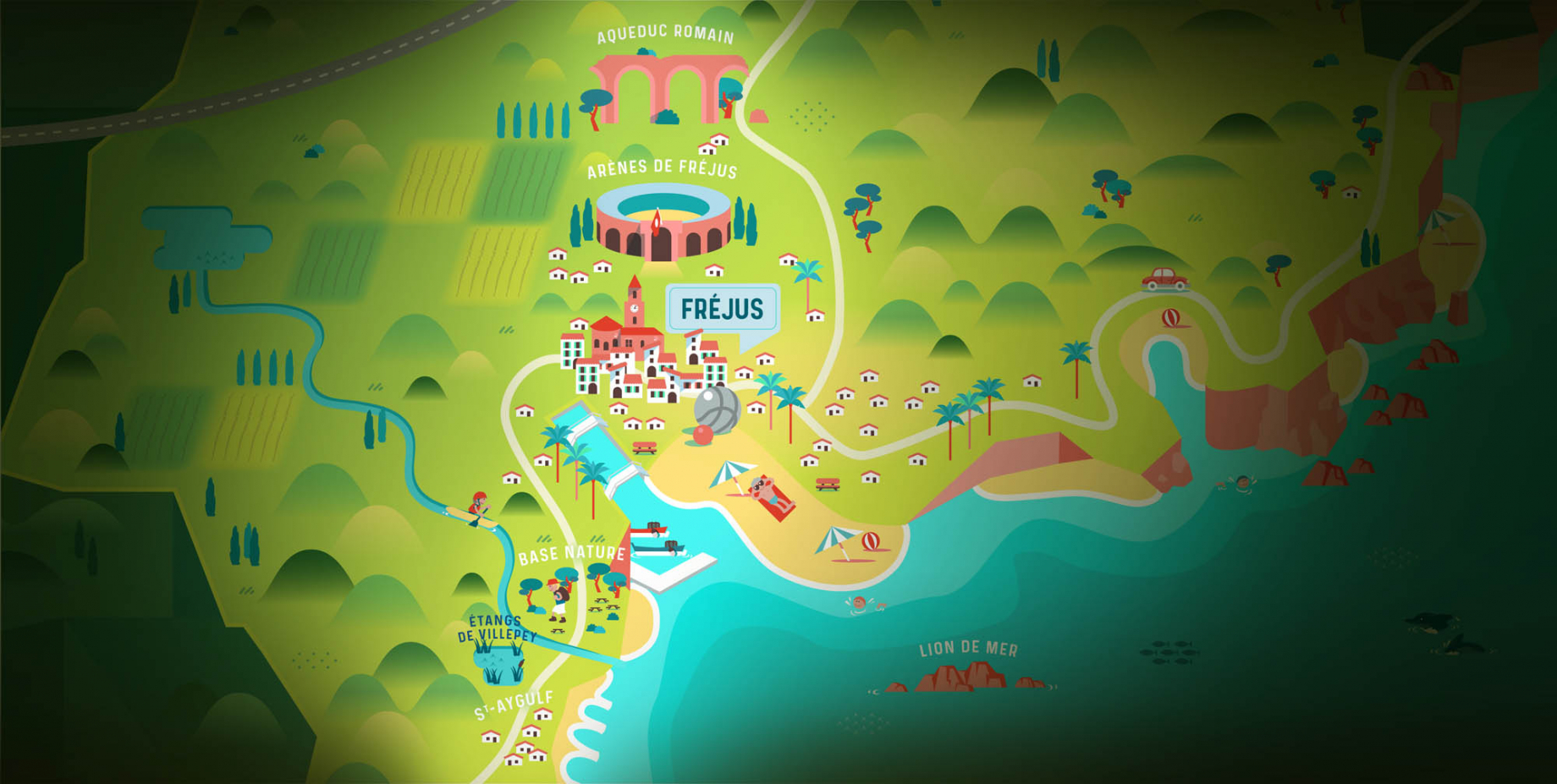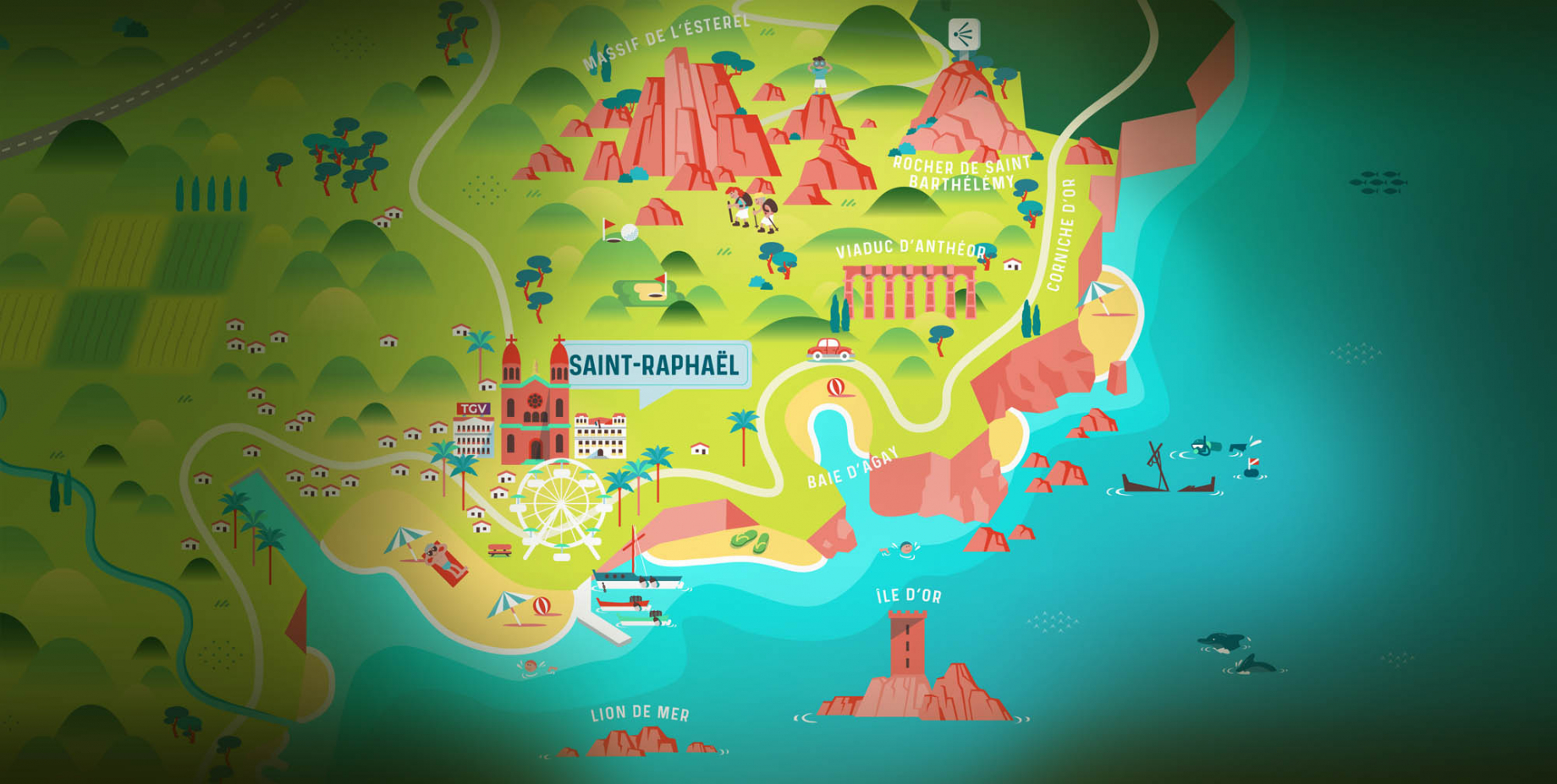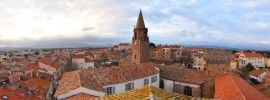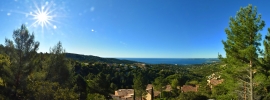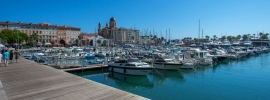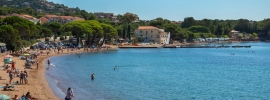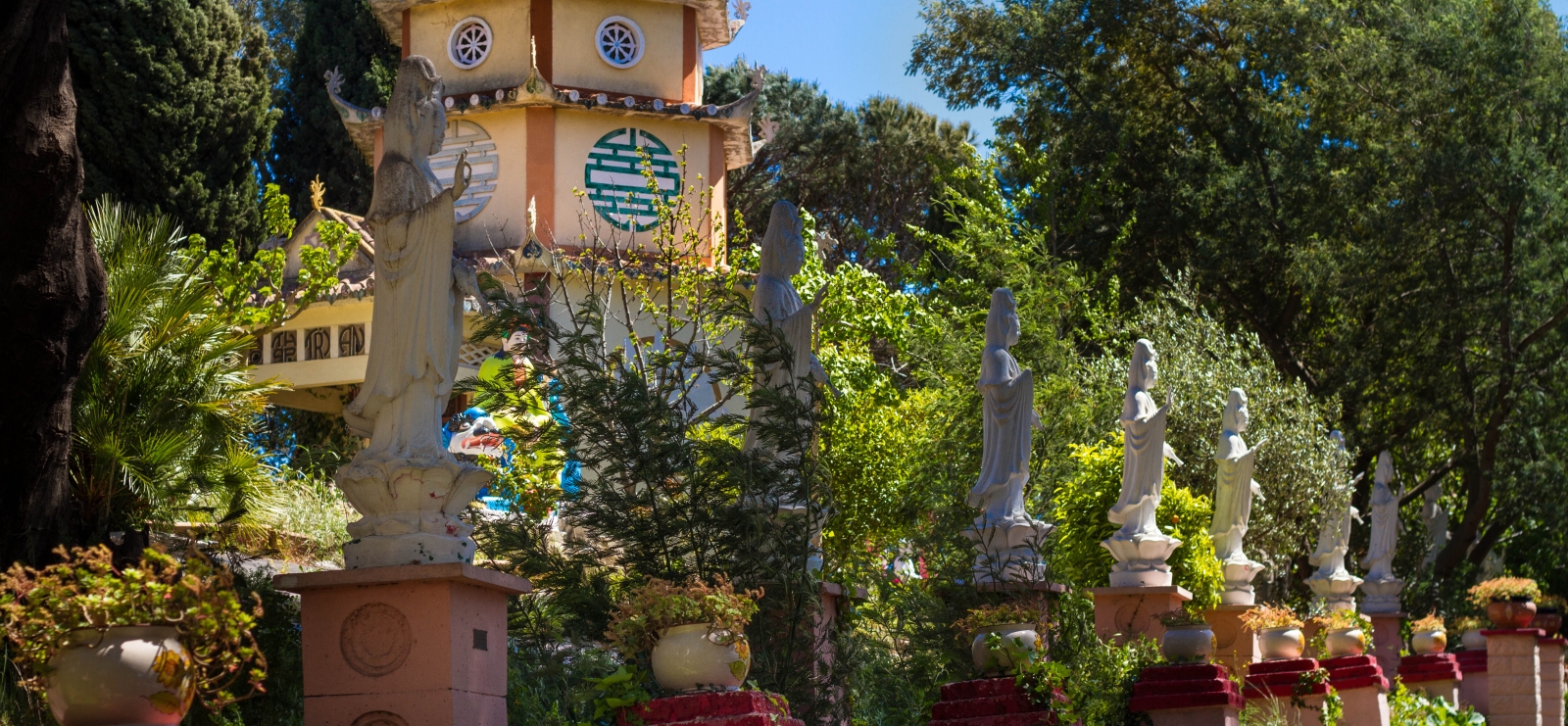
Gallery
Description
The Fréjus Pagoda is a place of worship, built in 1917 at the instigation of Colonel Lame and inaugurated by the municipal authorities on April 6, 1919, the Mayor being Marius Coullet. It is the oldest Pagoda in Europe. It was founded by Troupes Coloniales soldiers from Asia. To acclimatize before going to the front, they were billeted in Camp Gallieni. Named after General Gallieni (1849 - 1916), who was appointed Minister of War, from 1915 he created the Camps du Sud-Est, camps for Colonial Troops based in Fréjus and Saint-Raphaël. These troops naturally felt the need to have a place of worship to practice their religion and bury their dead in accordance with tradition. A cemetery, no longer in existence, also existed here. Between 1965 and 1967, the bones were transferred to the Nécropole Nationale de Luynes.
This pagoda was built in accordance with traditional Vietnamese architecture, under the aegis of the venerable Tich Thanh Vuc, Buddhist chaplain. It is called Hong Hien Tu (Pagoda of the Proud Hong Lac Race). Subsequently neglected for lack of maintenance, it fell into ruin and was saved from abandonment by Vietnamese refugees in 1954, before an association was formed in 1967. Subsequently, the original temple was enlarged, new buildings were erected and, with the support of Buddhists from other regions of France, renovation was completed in 1972.
In 1984, it became one of the founders of the World Buddhist Order. Today, it is a private property, acquired from the French Ministry of Defense, belonging to the "Centre Bouddhique Pagode Hong Hien" association.
A building for worship, reception and library was built in 1978. In 1979, following the acquisition of the 6,100 m2 plot, other projects followed, including, in 1988, the construction of the An Lac Tower (Tower of Eternal Tranquility), for the ashes of the faithful.
Dozens of statues have adorned the site, including the acquisition in 1979 of a two-metre statue weighing 1.5 tonnes, cast in Bangkok, representing the future Buddha Siddhartha Gantana in meditation, installed under a Ficus tree where he had sheltered for 49 days of meditation before attaining enlightenment. Shortly afterwards, a venerable priest at the Pagoda sculpted the Buddha who had entered Nirvana (paradise) in the reclining position, the largest reclining Buddha in Europe (10 metres long).
No one knows precisely when Buddha's earthly life ended. He was around 80 years old. The venerable sculptor also carved Buddha giving his first sermon to 5 disciples and the statue depicting Buddha's birth in the 6th century BC. According to Sri Lankan historical chronicles, he was born in 624 BC in Benares and died in Kusinagara.
In the heart of this park, you'll discover a replica, made in Hué, of the bell (2.50 meters high, 2 tons) from the Temple of the Heavenly Lady in Hué, the ancient imperial city.
The Buddhist flag, created in 1880 and adopted in Sri Lanka in 1950, dominates this pagoda. It represents the colors of the rainbow. Each color represents :
Blue: meditation
Yellow: thought
Red: energy
White: serene faith
Orange: intelligence (blend of the four colors)
6th band, vertical: non-discrimination
The Buddhist tradition is divided into two main branches: Hinayana or "small vehicle" and Mahayana or "large vehicle". The "small vehicle" tradition is traditionalist and conservative, while the "large vehicle" tradition is more modernist and more open to lay practitioners. At the Pagode de Fréjus, it's the "large vehicle" tradition that's in force.
Further information
French
- Individual visits include : Unguided individual tours available permanently
- Groups visits include : Unguided group tours on request
- Services : Tour free of chargeGuided tours
- Equipments : Car parkFree car park
- Environments : Close to a public transportationBus stop < 500 m


